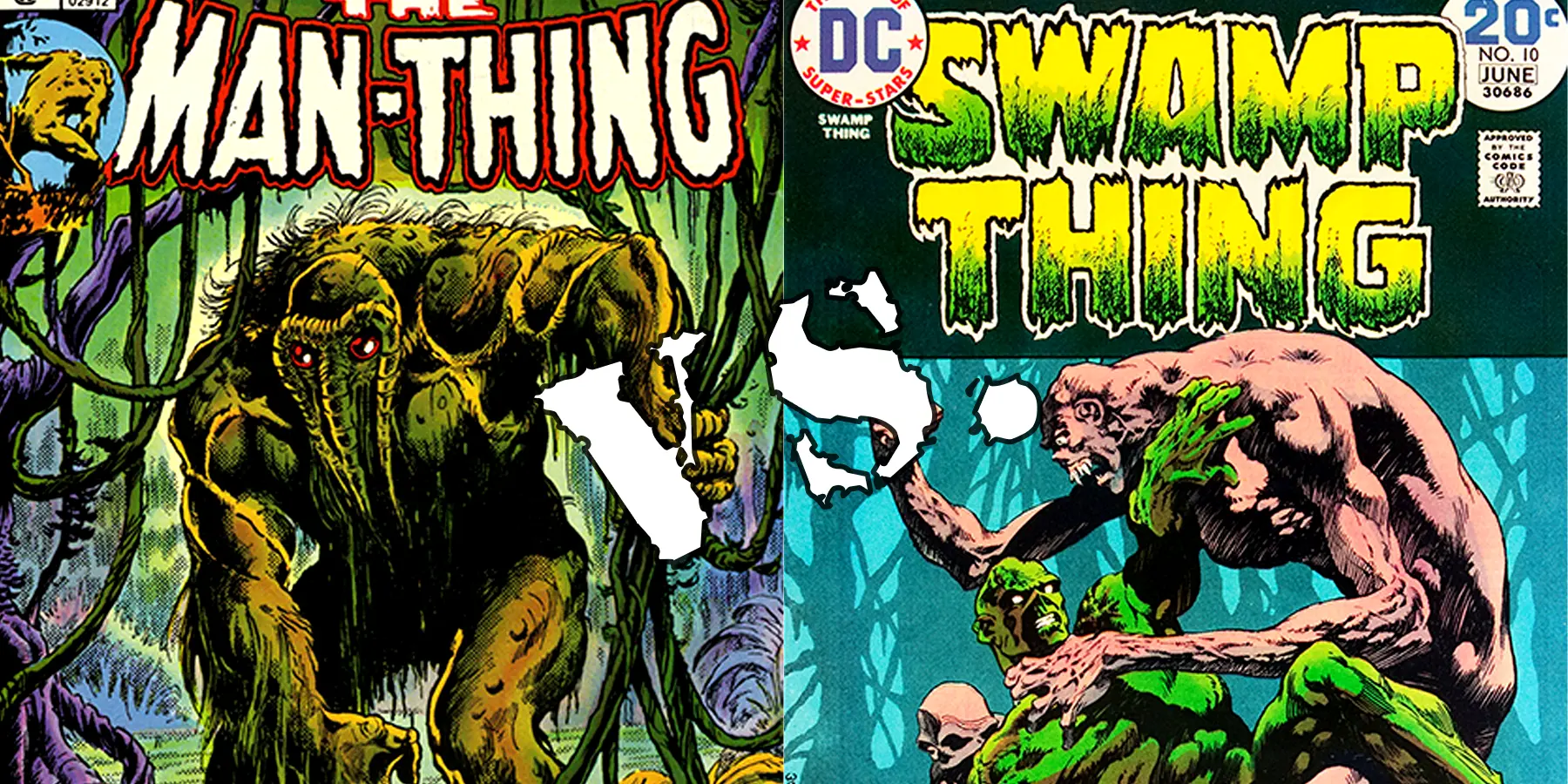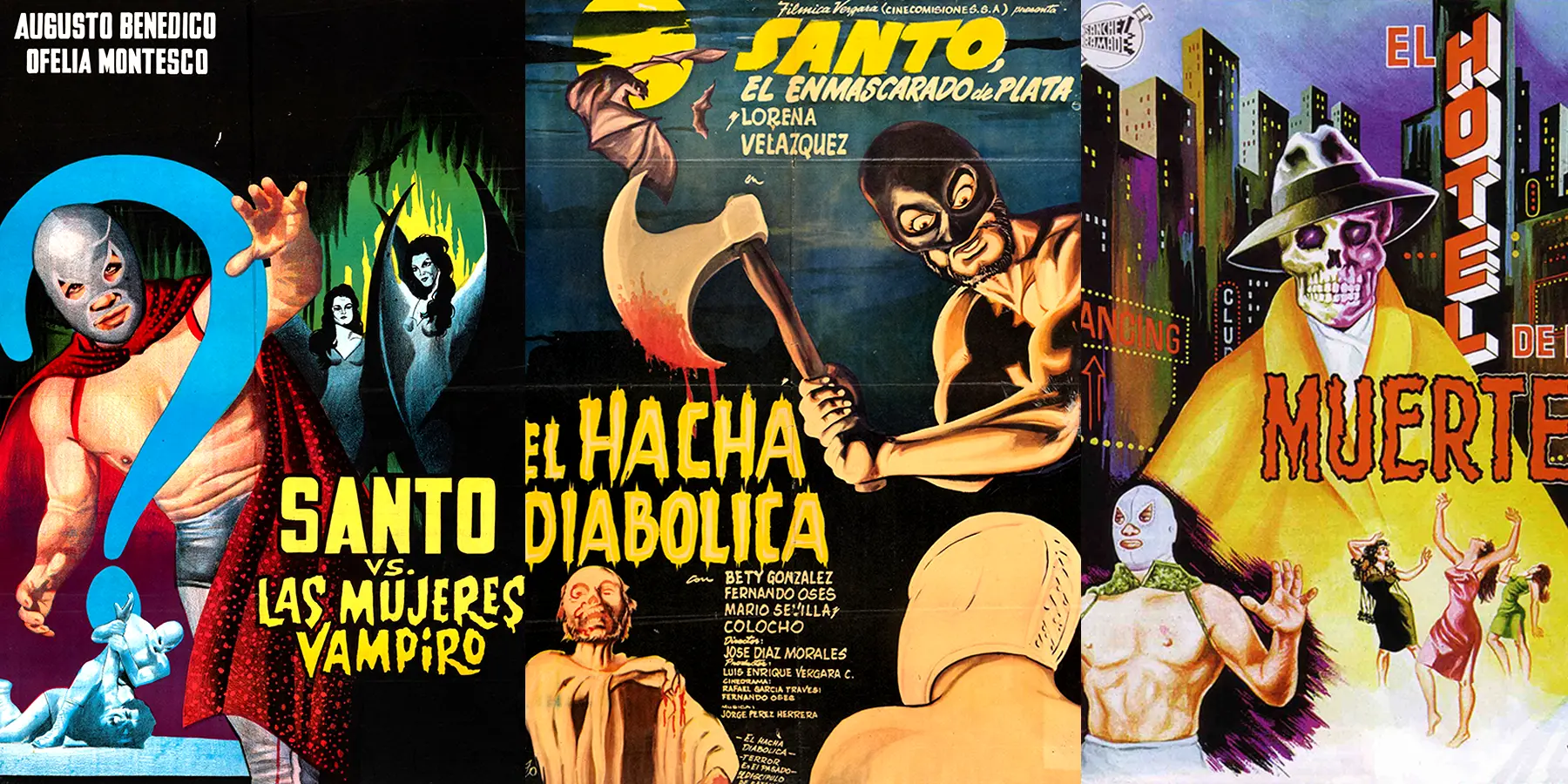Cannibal movies have intrigued and horrified audiences since the 1970s, with American and international (mainly Italian and South American) filmmakers taking different approaches to the theme. While American cannibal films often explore survival horror and societal collapse, international films lean into shock and exploitation, presenting cannibals as the ultimate “other.” Let’s dive into the distinct characteristics, key films, and ethical controversies that make these two traditions both unique and enduringly captivating.
American Cannibal Movies: Survival Horror and Society on the Edge
American cannibal films tend to blend with survival horror and psychological thriller genres, using cannibalism as a metaphor for extreme survival and societal breakdown. Set in remote American landscapes or dystopian futures, these films emphasize suspense and psychological tension rather than overt gore.
Key Traits of American Cannibal Films
- Focus on Survival: These movies often depict isolated groups encountering cannibals in remote or apocalyptic settings, exploring what happens when survival instincts override humanity.
- Metaphor for Societal Collapse: Cannibalism in American cinema often symbolizes the breakdown of social order, showing how civilization’s rules crumble in desperate circumstances.
- Less Graphic, More Psychological: While intense, American cannibal films usually focus more on atmosphere and suspense than on gore.
Notable American Cannibal Films
- The Texas Chain Saw Massacre (1974)
- Director: Tobe Hooper
- Plot: Friends encounter a cannibal family in rural Texas.
- Significance: A defining “hillbilly horror” film that relies on psychological horror, using isolation and societal collapse to terrify audiences.
- The Hills Have Eyes (1977)
- Director: Wes Craven
- Plot: A family is stranded in the desert and hunted by cannibalistic mutants.
- Significance: Blends cannibalism with American fears of isolation, societal breakdown, and survival in desolate landscapes.
- The Road (2009)
- Director: John Hillcoat
- Plot: A post-apocalyptic world where cannibalism is a byproduct of human survival.
- Significance: Uses cannibalism to explore humanity’s moral collapse and extreme survival choices in a devastated world.
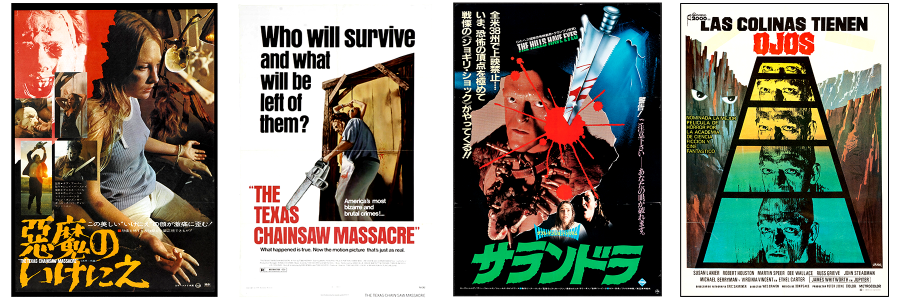
International Cannibal Movies: Shock, Exploitation, and the Exotic “Other”
International cannibal films, especially from Italy, are infamous for their graphic violence, shock value, and exploitative depictions of indigenous cultures. Italian directors like Ruggero Deodato and Umberto Lenzi led this wave in the 1970s and 1980s, combining horror with documentary-style filmmaking, often blurring the line between fiction and reality.
Key Traits of International Cannibal Films
- Extreme Gore and Shock Value: Italian cannibal films were notorious for explicit violence and visceral gore, with a focus on shocking the audience.
- Exploitation of the “Other”: Often set in jungle environments, these films depict indigenous tribes as “primitive” cannibals, a portrayal criticized for colonialist and racist overtones.
- Graphic Realism and Boundary-Pushing: Films like Cannibal Holocaust incorporated real animal killings, adding a disturbing layer of realism to already controversial content.
Notable International Cannibal Films
- Cannibal Holocaust (1980)
- Director: Ruggero Deodato
- Plot: A documentary crew’s gruesome fate at the hands of a cannibal tribe.
- Significance: Known for its extreme violence and graphic animal cruelty, the film blurs fact and fiction, criticizing Western filmmakers’ exploitation of “primitive” societies.
- Eaten Alive! (1980)
- Director: Umberto Lenzi
- Plot: A search for a missing woman leads to encounters with a cult and cannibals in New Guinea.
- Significance: Exemplifies the Italian cannibal exploitation genre, emphasizing cannibalistic rituals and shocking violence.
- The Green Inferno (2013)
- Director: Eli Roth (American director paying homage to Italian films)
- Plot: Student activists are captured by a cannibal tribe while attempting to save the Amazon rainforest.
- Significance: A modern reintroduction of the cannibal exploitation genre, drawing heavily from the style and themes of classic Italian films.
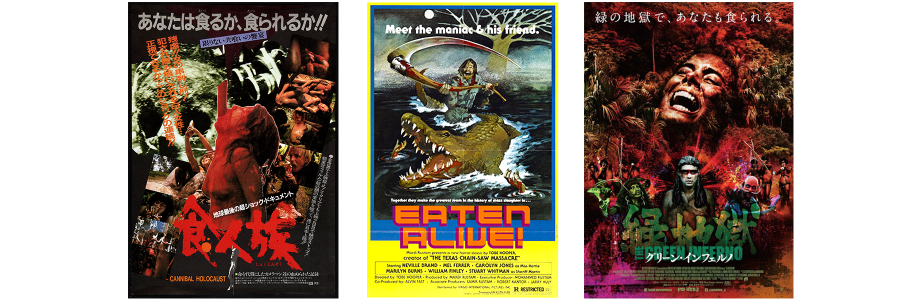
Differences in Setting, Symbolism, and Production
American cannibal films often rely on familiar landscapes like rural or desert areas, grounding the horror in the familiar. Conversely, Italian cannibal films use exotic, jungle settings to enhance the shock factor and present cannibals as part of “other” cultures, a perspective steeped in colonialist stereotypes.
- Survival vs. Shock: American films explore cannibalism as a survival necessity, whereas international films prioritize shock and graphic violence.
- Symbolism and Social Commentary: American films use cannibalism to reflect societal breakdown or consumerist critiques, while international films emphasize cultural exploitation.
- Cultural Perspectives and Filming Locations: Italian films are frequently set in jungles, reinforcing themes of the “exotic” other, while American movies opt for isolated, domestic settings, making horror feel closer to home.
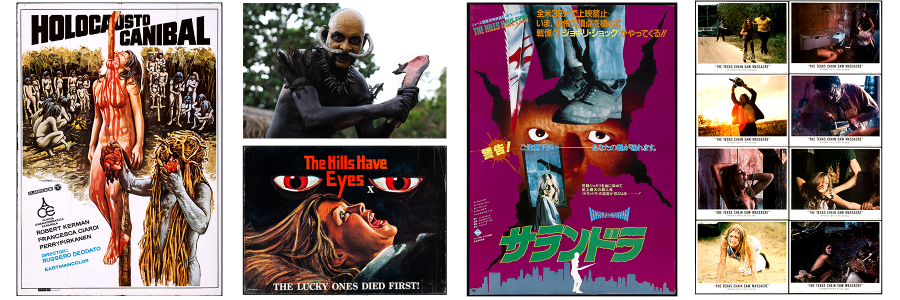
Real-Life Risks and Injuries in Filming Cannibal Movies
Due to the challenging and sometimes dangerous conditions of filming, some cannibal movies involved real-life injuries or discomfort on set.
- Cannibal Holocaust (1980)
- Injury and Controversy: Known for graphic animal cruelty, including the killing of a turtle and a monkey. Though no actors were seriously harmed, the ethical breaches sparked outrage and led to legal troubles for director Ruggero Deodato.
- The Green Inferno (2013)
- Difficult Conditions: Filming in the Amazon introduced unpredictable challenges. While no serious injuries occurred, actors endured grueling conditions with encounters involving wildlife, rough terrain, and intense jungle elements.
- The Texas Chain Saw Massacre (1974)
- On-Set Discomfort: Cast members faced intense physical discomfort due to extreme heat, long filming hours, and the claustrophobic set conditions. Minor injuries occurred but were largely due to the grueling production environment rather than intentional acts.
Why Some Cannibal Movies Were Shot in the U.S.
International films, including Cannibal Holocaust, sometimes included U.S. scenes for several reasons:
- Increased Marketability: Including American settings made the films more relatable to U.S. audiences, enhancing market appeal.
- Realistic Settings: Remote American landscapes offered practical, authentic environments for survival horror narratives.
- Cost and Practicality: Filming partially in the U.S. allowed easier access to filming locations and facilities, as seen with Cannibal Holocaust, which used New York for its framing scenes, grounding the story in Western urban reality before transitioning to the jungle.
Conclusion: Two Approaches, One Enduring Legacy
American and international cannibal films reflect different cultural anxieties and storytelling techniques. American films explore survivalism and psychological horror, whereas Italian cannibal films focus on shock, gore, and the sensationalized “other.” Together, these traditions offer a complex, often controversial look at human nature and cultural fears. Whether through gritty survival horror or exploitative gore, cannibal films remain a haunting exploration of humanity’s darker instincts, making them an unforgettable staple of horror cinema.


